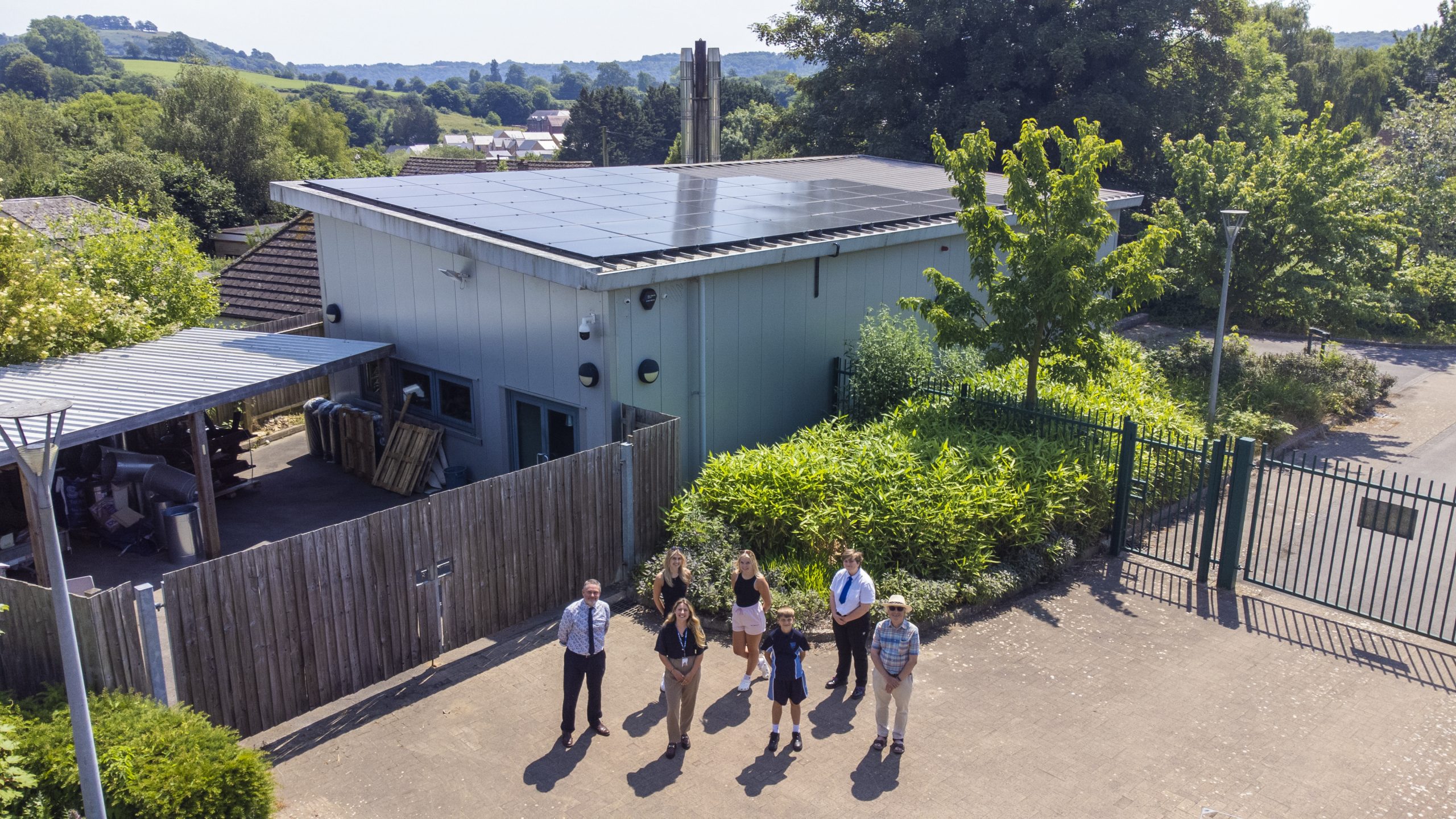Ministers are easing planning restrictions on roofs, in a bid to speed adoption of on-site generation of low carbon solar power.
Industrial roofs and public buildings such as schools will gain most. Systems of up to 1MWp – very broadly between 300 and 350 panels – will no longer be required to endure delays of up to eight weeks – or so ministers estimate –, while town hall planners ponder projects.
Flat surfaces above homes no longer need approval either, bringing them in line with commercial roofs. Curbs in conservation areas, which typically make it hard to erect systems visible from ground level, remain in force however.
Yesterday’s move by the Department of Levelling Up, Housing, and Communities extends the scope of what planners refer to as permitted development.
It will ease the work of a joint industry-government solar task force, aiming to persuade indifferent or conservative landlords of shopping malls, factories, car parks and logistics depots to embrace PV, enabling tenants to slash electricity bills.
From its outset the group saw planning rules as a major barrier to productive use of largely unseen, unlovely, otherwise wasted surfaces. Remaining obstacles include big installations’ waits for grid connections and shortages of technically qualified staff in electrical trades.
Announced in May, the taskforce is currently scheduled to cease work when it reports in February. Though the body’s working groups are dominated by supply-side participants such as installers, developers and kit importers, SolarEnergy UK is believed to have approached the UK Warehousing Association, RICS the landlords’ advisory body and the Local Government Association.
It was set up to speed up the government’s goal of 70GW of solar on UK roofs by 2035, stepping up by five times current PV deployments.
Trade advocates Solar Energy UK welcomed the improvement. Their chief executive Chris Hewett said:
“The potential of installing solar power on large commercial rooftops is vast, estimated at 15 gigawatts across the country”.
“Eliminating one of the stumbling blocks on the way to fulfilling that opportunity is extremely welcome, helping to make British businesses more competitive by slashing energy bills, bolstering the economy and pushing us further towards Net Zero.”
Property developers and house builders provided at least ten per cent of all donations to the Conservative Party since 2010, the Guardian reported in October, using figures compiled from public records. The same source estimated property owners had benefitted by at least £15 billion since 2015 by building homes to old, high carbon standards, without PV panels or batteries, heat pumps and effective insulation.




